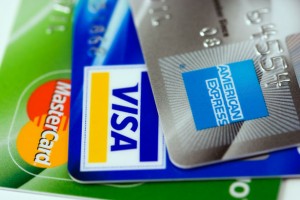 A concrete example of frenetic intemperance can be seen on the part of consumers who seek to free themselves from all restraints so as to gratify instantly their desires.
A concrete example of frenetic intemperance can be seen on the part of consumers who seek to free themselves from all restraints so as to gratify instantly their desires.
The most common manifestation of this can be found in the explosion of easy credit. According to marketing professor James A. Roberts, the average American consumer has a total of thirteen credit obligations which include mortgages, car loans, student loans and an average of nine credit cards (including store cards).
 The greatest part of consumer debt can be found in the explosion of mortgages that frequently involved scandalously easy terms—and high rates of foreclosure. This debt rose from $6.9 trillion in 2000 to $14.6 trillion in 2008, an increase of nearly 110 percent in eight short years.
The greatest part of consumer debt can be found in the explosion of mortgages that frequently involved scandalously easy terms—and high rates of foreclosure. This debt rose from $6.9 trillion in 2000 to $14.6 trillion in 2008, an increase of nearly 110 percent in eight short years.
The amount of mortgage debt in 2008 exceeded the Gross Domestic Product of the nation at 106 percent! The frenzy surrounding the extension and acceptance of housing credit during these years was responsible for the 2008 sub prime crisis and is a concrete example of the workings of frenetic intemperance.
See James A. Roberts, Shiny Objects: Why We Spend Money We Don’t Have in Search of Happiness We Can’t Buy, New York: HarperOne, 2011, p. 114.


